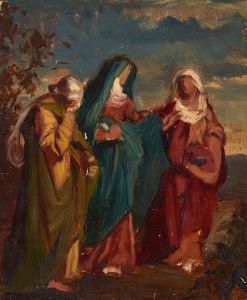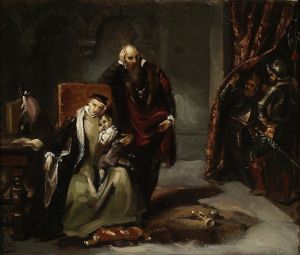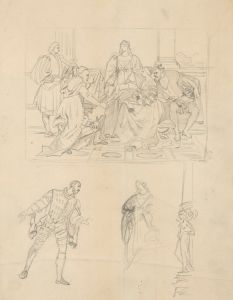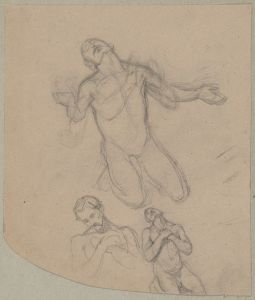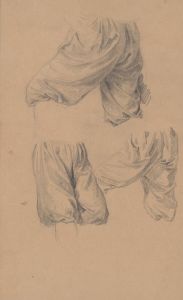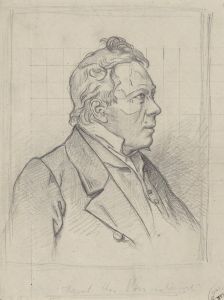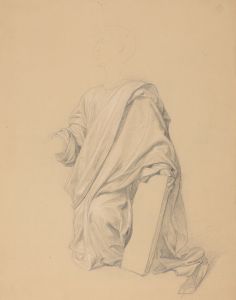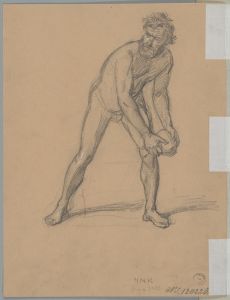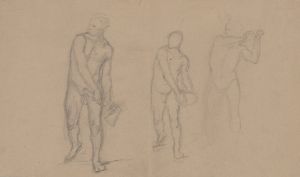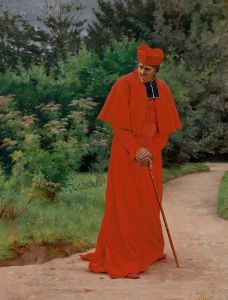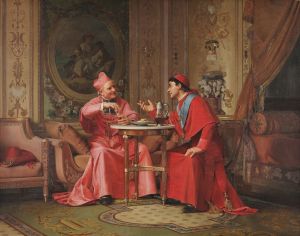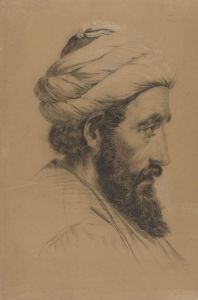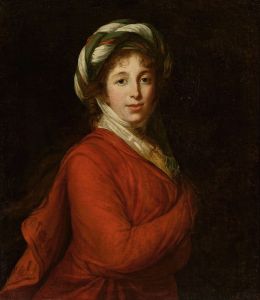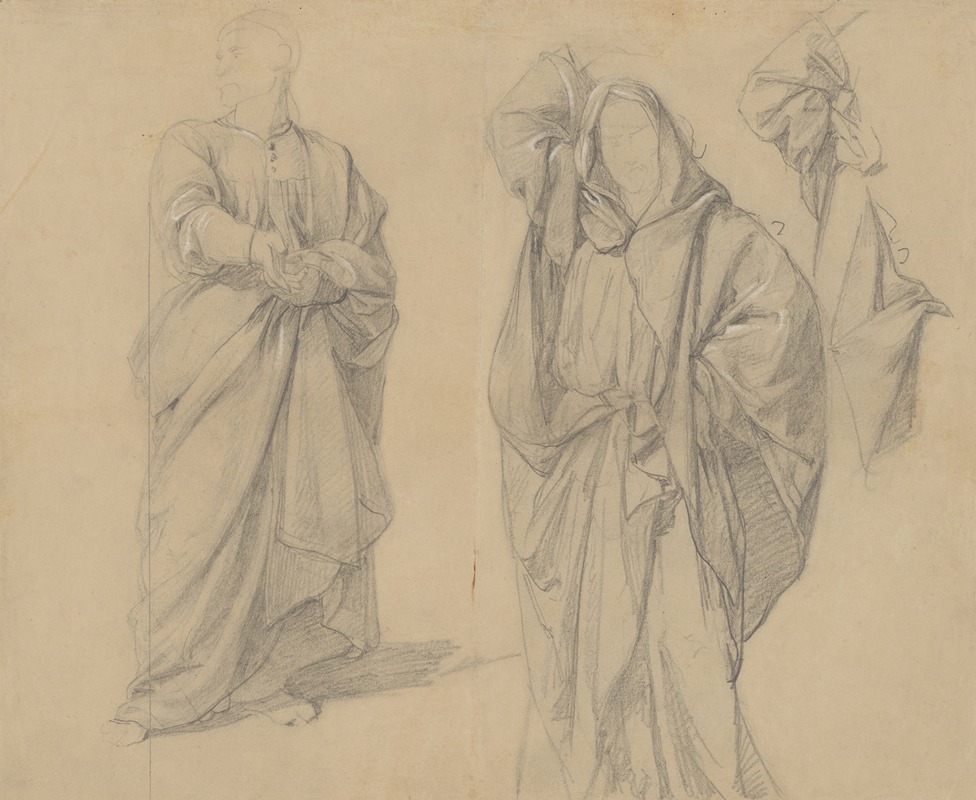
Study of robes of the high priest and the man in turban to the painting ‘Martyrdom of St. Matthias’
A hand-painted replica of Józef Simmler’s masterpiece Study of robes of the high priest and the man in turban to the painting ‘Martyrdom of St. Matthias’, meticulously crafted by professional artists to capture the true essence of the original. Each piece is created with museum-quality canvas and rare mineral pigments, carefully painted by experienced artists with delicate brushstrokes and rich, layered colors to perfectly recreate the texture of the original artwork. Unlike machine-printed reproductions, this hand-painted version brings the painting to life, infused with the artist’s emotions and skill in every stroke. Whether for personal collection or home decoration, it instantly elevates the artistic atmosphere of any space.
Józef Simmler, a prominent Polish painter of the 19th century, is known for his historical and religious paintings, which often reflect a deep engagement with Polish history and culture. One of his notable works is the "Martyrdom of St. Matthias," a painting that exemplifies his skill in capturing dramatic religious scenes with emotional depth and historical accuracy.
The "Martyrdom of St. Matthias" depicts the death of St. Matthias, who, according to Christian tradition, was chosen as an apostle to replace Judas Iscariot following Judas's betrayal of Jesus. The painting is a vivid representation of the moment of martyrdom, a common theme in Christian art that seeks to convey the virtues of faith and sacrifice. Simmler's attention to detail and his ability to convey emotion through facial expressions and body language are evident in this work.
In preparation for creating such detailed and historically resonant paintings, Simmler often conducted studies of various elements that would appear in his final compositions. One such study is the "Study of robes of the high priest and the man in turban," which likely served as a preparatory work for the "Martyrdom of St. Matthias." This study would have allowed Simmler to explore the textures, colors, and drapery of the garments worn by figures in the painting, ensuring that they were both historically accurate and artistically compelling.
Simmler's studies were crucial in achieving the authenticity and realism for which his paintings are known. By examining the robes of the high priest and the man in the turban, Simmler could accurately depict the attire of figures who would have been present in the historical and religious context of St. Matthias's martyrdom. Such attention to detail not only enhanced the visual impact of his paintings but also provided viewers with a more immersive and educational experience.
The "Martyrdom of St. Matthias" and its preparatory studies reflect Simmler's broader artistic approach, which combined rigorous historical research with a keen eye for composition and emotional expression. His works are celebrated for their ability to bring historical and religious narratives to life, engaging viewers with both their beauty and their storytelling.
Simmler's contributions to Polish art are significant, as he played a key role in the development of historical painting in Poland during the 19th century. His works continue to be studied and admired for their technical proficiency and their ability to convey complex narratives through the medium of paint. The "Martyrdom of St. Matthias," along with its associated studies, remains an important example of his artistic legacy.





